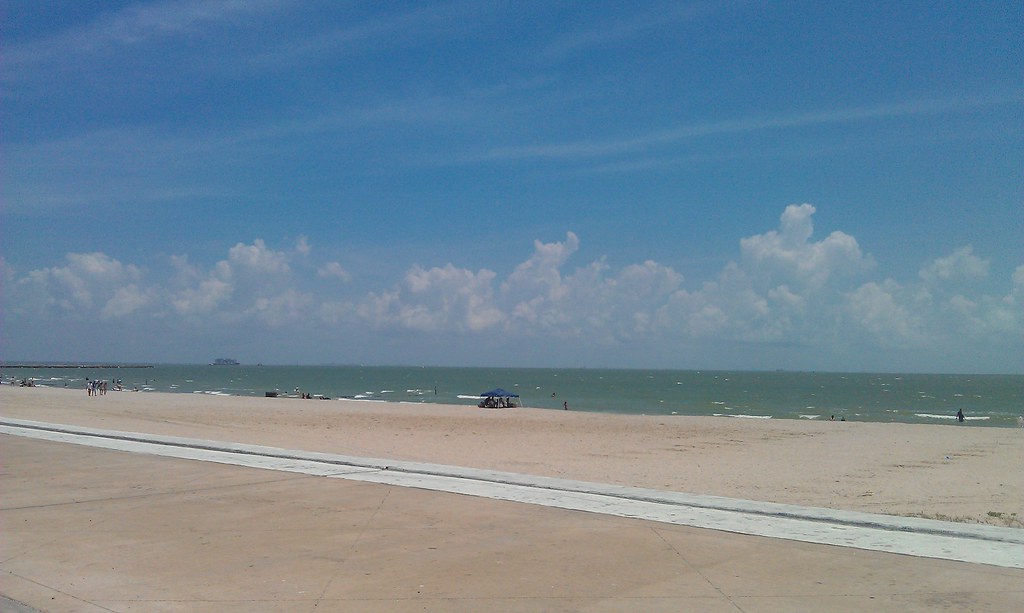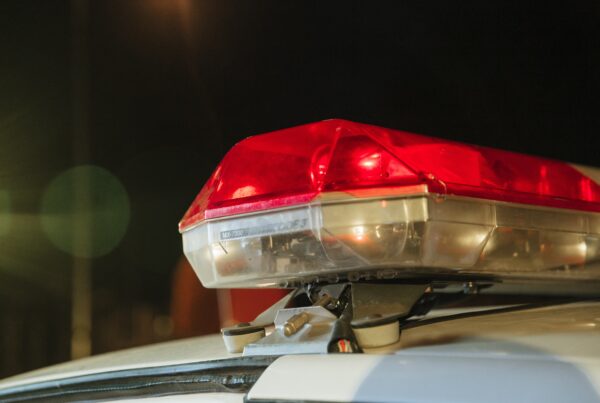As the summer heats up, beaches become a popular destination to cool off for a weekend. For many Texans, this often means a trip to South Padre Island, Corpus Christi, Galveston and other Gulf Coast beaches.
But a new Environment America study shows that 90% of Texas beaches had at least one day of unsafe fecal contamination in 2022, far above the national average of 55%. Exposure can lead to severe illness including ear infections and gastrointestinal distress.
The Texas Standard spoke with Luke Metzger, executive director of Environment Texas, about what visitors should know before their next beach trip.
Testing is conducted by the state in varied frequencies.
Under the Clean Water Act, states are required to test the water quality of their beaches and report the data to the federal government, where it is then reviewed to determine the levels of fecal contamination. Every year, Environment America and their respective state agencies compile the data collected by the states into a national report. For Texas, 2022 was a bad year.
“Texas fared pretty poorly compared to other areas: 90% of our beaches with at least one day with unsafe fecal bacteria. About eight of our beaches had about a quarter of the time there was unsafe, and one beach more than half the time the tests show that there were potentially unsafe levels of bacteria,” Metzger said.
Poor sewage systems and heavy rains can cause bacteria levels to rise.
Enterococcus, or fecal bacteria, is naturally occurring in the intestines of humans and animals and can be found in their excrement. But sometimes, when there are heavy rains and in cities with outdated sewer systems, bacteria-filled sewage spill into waterways.
“A lot of the aging pipes can leak raw sewage, or other pipes can get overwhelmed when there’s too much rain. And that can lead to raw sewage going into our creeks, bayous, and then into our beach waters,” Metzger said.
» GET MORE NEWS FROM AROUND THE STATE: Sign up for our weekly ‘Talk of Texas’ newsletter
Not all Texas beaches have this problem.
South Texas has long been known for its pristine beaches – and testing shows this is for good reason.
“Some of the South Padre Island, South Texas beaches actually are among the cleanest in the country. Several of our beaches had no single days of violations,” Metzger said.
More populous areas tend to have a larger contamination rate.
Cities with larger populations and older sewage systems tend to have the worst problem with bacteria. For example, Cole Park in Corpus had dangerous contamination for more than half of the testing days. The beaches on the northern end of the state tend to have higher incidences of bacteria.
“The upper areas, Corpus Christi and Galveston area have particular problems,” Metzger said. “We know that both the cities of Houston and Corpus Christi are currently under federal consent decrees for violating clean water standards by having too many sewage overflows where, particularly on rainy days, their sewage systems in Houston and Corpus Christi have been overwhelmed such that raw sewage has been released into our streets, into our creeks, and then ultimately into our waterways.”
What’s being done to address this issue?
In addition to the federal consent decrees, Corpus Christi, Houston and Tyler have been ordered by the federal government to make $1 billion investments in wastewater infrastructure to reduce sewage overflows.
Additionally, Texas will receive $80 million in federal funding to strengthen its wastewater infrastructure. And while this is a historic win, Metzger worries that it isn’t enough.
“We hope that we’ll start to see some real improvement in Texas in the coming years,” he said. “[But] it’s not nearly enough. Texas has billions of dollars in need for wastewater infrastructure. A lot of our systems are many decades old and in bad need of repair. So we need a major investment to clean up our waterways.”
How to check beach bacteria levels before you go.
In the meantime, visitors to Texas beaches can first check the Beach Watch website to see a beach’s bacteria count.
This is especially important for infants and immunocompromised individuals. There are no real visual signs of contamination, so the safest option is to check Beach Watch. Additionally, contamination will likely be higher after heavy rains, so it may be best to wait a few days.
On the website, “you’ll see kind of a green, yellow or red level that can help guide which beaches to visit. And that’s really important to make sure to take precautions,” Metzger said.














